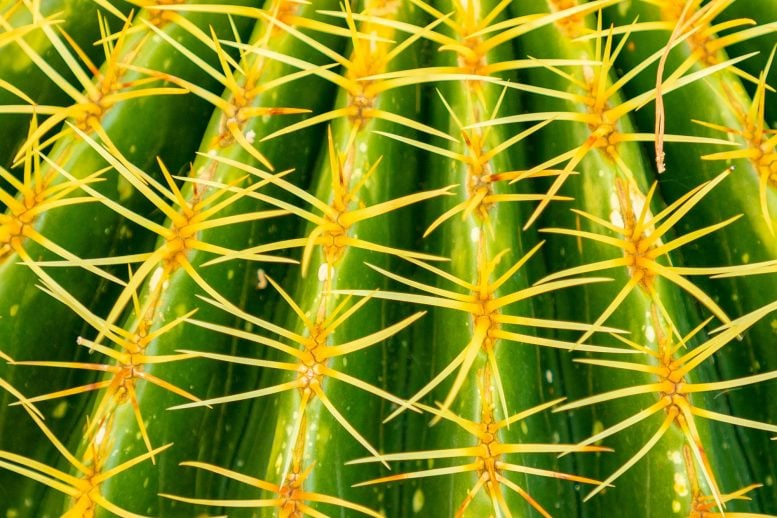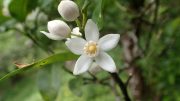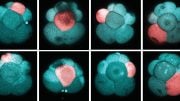
The thorns help protect against hungry animals that like to munch on the plants.
“Why do plants have thorns?” is an easy question: The thorns help protect against hungry animals that like to munch on the plants. “Where do thorns come from?” is a more complicated question — but Yale scientists have found an answer.
Their insight, reported today in the June 18 issue of Current Biology, may help change the way oranges and other crops are grown.
First, a primer for non-botanists: Many plants have sharp, spiky armor that can be classified as thorns, prickles or spines.
Rose bushes do not have thorns; they have prickles, as do raspberry and blackberry bushes. Prickles are like thick hairs on your arm, and in roses and other prickly plants, the prickles grow from their epidermis, or “skin,” said Vivian Irish, chair and the Eaton Professor of Molecular, Cellular and Developmental Biology and senior author of the study.
Other plants, including cacti, have spines, another type of sharp, pointy weaponry that forms instead of leaves. Thorns arise from shoots in plants such as bougainvillea, hawthorn, and citrus.
Irish, who is also a professor of ecology and evolutionary biology, was fascinated by thorns that grow on old honey locust trees, commonly found along the streets of New Haven and other urban areas. While most honey locusts have been bred so that they no longer have thorns, some older trees with dangerous, foot-long thorns still exist. As a plant scientist, she was intrigued by how these structures arose, but she put off investigating the question for decades.
As it happens, she is also an expert on stem cells. And as it turns out, stem cells can explain thorns.
Irish and her research team first showed that, in citrus plants, thorns arise from the plants’ stem cell populations. Unlike typical stem cells in animals or plants, which continue to divide, thorn stem cells undergo a programmed arrest. The scientists found that two regulators of stem cell production, TI1, and TI2, gradually shut down stem cell activity in the developing thorn, so that it tapers off until nothing is left but the sharp pointy end.
When the researchers genetically eliminated the two regulators, stem cell activity continued, and instead of thorns, the citrus plants produced new branches.
The insight could lead to orchards of orange trees with more fruit-bearing branches — ones that pose less danger to laborers who pick the fruit, Irish said.
Reference: “Reprogramming of Stem Cell Activity to Convert Thorns into Branches” by Fei Zhang, Pascale Rossignol, Tengbo Huang, Yewei Wang, Alan May, Christopher Dupont, Vladimir Orbovic and Vivian F. Irish, 18 June 2020, Current Biology.
DOI: 10.1016/j.cub.2020.05.068
The work was funded by grants from the National Science Foundation and the California Citrus Research Board.









If you’ve recently been vaccinated against COVID-19, you’re probably feeling pretty relieved that you’re protected from getting sick! https://tutuappx.com/